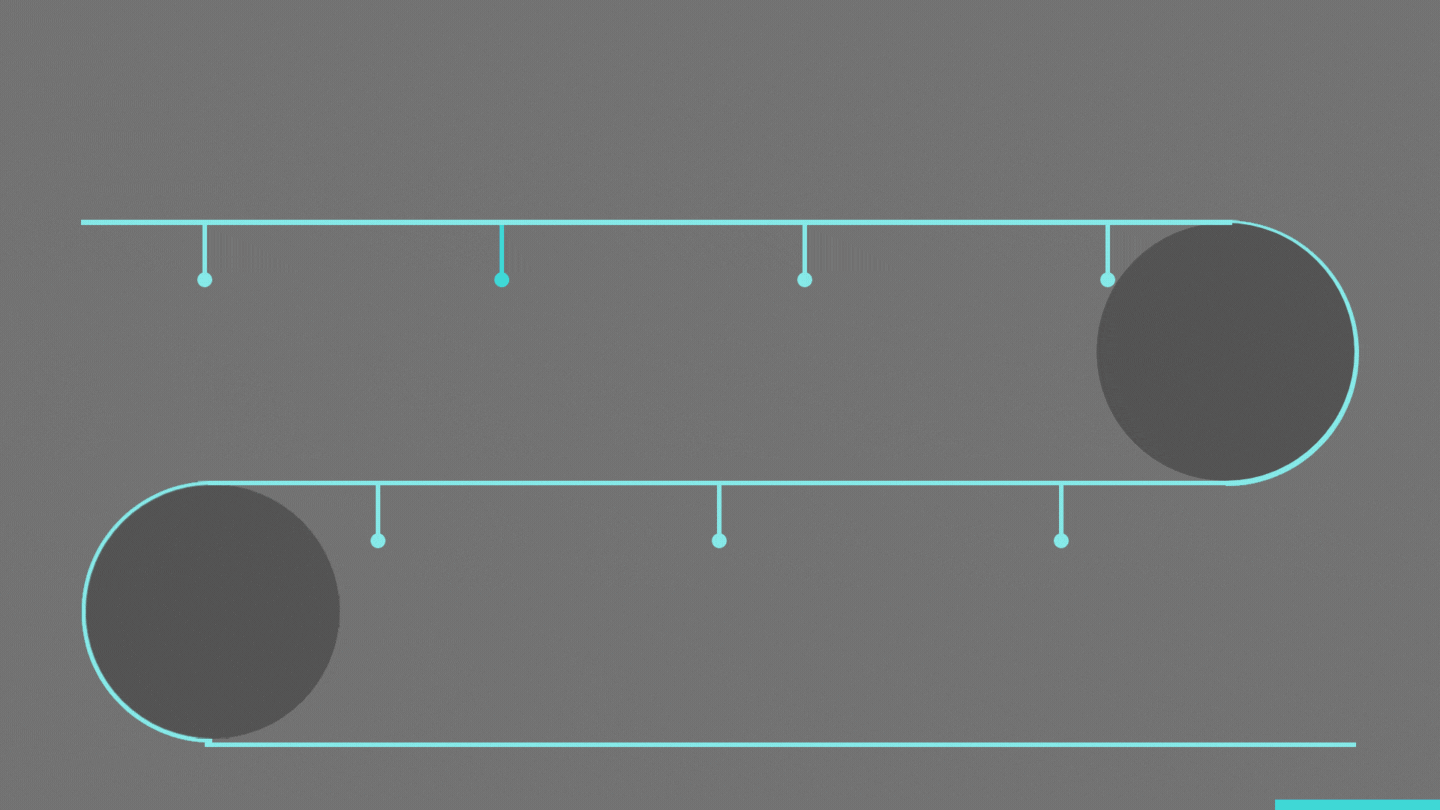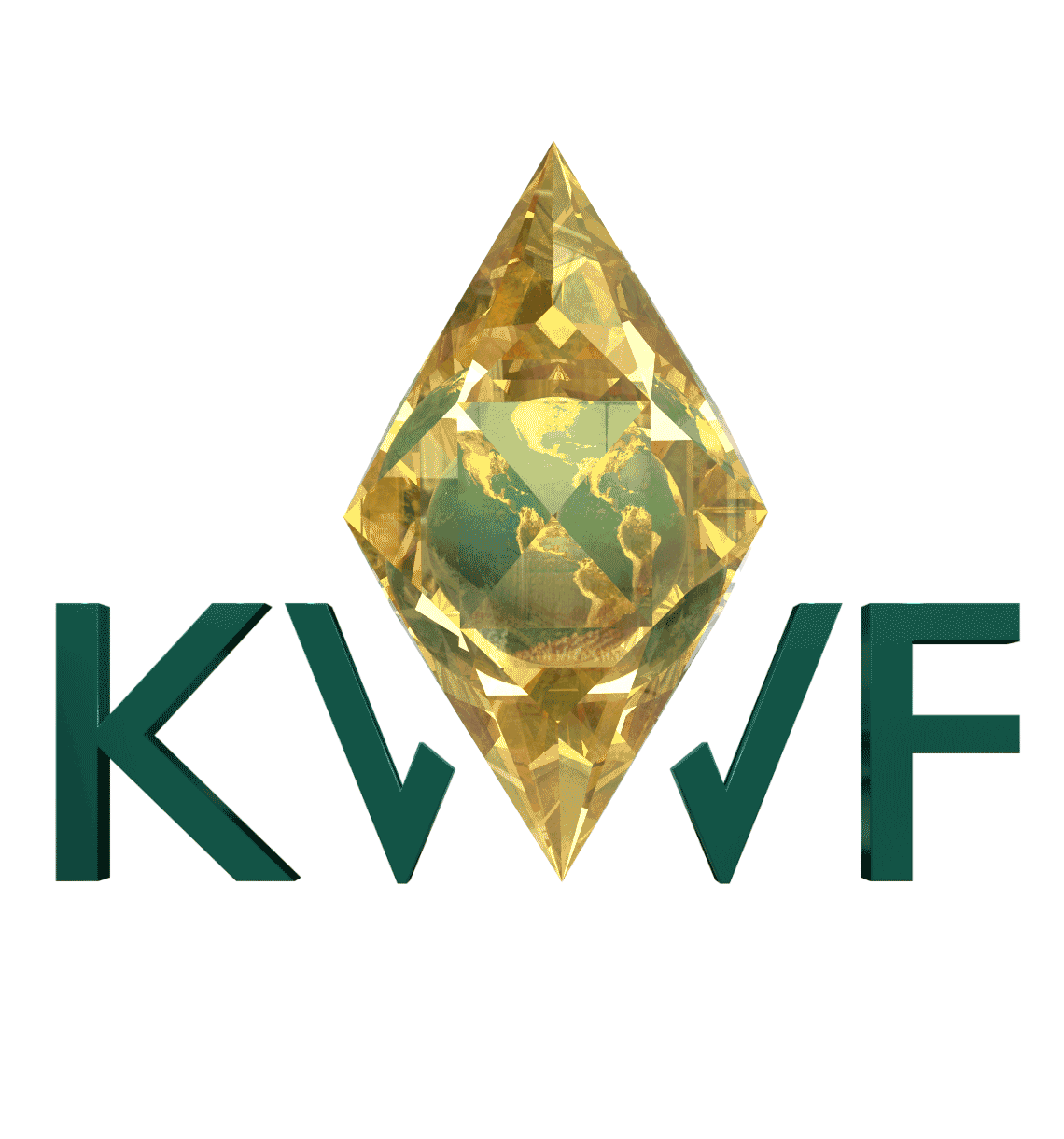For more than a decade, Kashmir World Foundation (KwF) has been operating aircraft around the world protecting endangered cats, rhinos, sea turtles, and many other species. We integrate airframes with power and propulsion systems to carry sensors, high performance computers, and special components needed to perform our missions. Operating on battery or liquid fuel, our aircraft meet most of our mission needs.

The global snow leopard population remains unknown, but based on their research, Suryawanshi and his colleagues fear it may be lower than prevailing guesstimates suggest. Photo by Shan Shui / Panthera / Snow Leopard Trust
But the mission that drove us to create KwF -- protecting snow leopards and other endangered species in the Himalayas -- eluded us with demands on flight performance that could not be met by any existing aircraft. To support this mission, the aircraft must operate at very high altitude while close to ground below and to the sides as they navigate through extremely rocky terrain while encountering high and highly variable winds with snow, ice, and freezing rain. Remote from any conceivable operating base, and with needs to patrol over tens of thousands of square kilometers, the aircraft must be able to stay on station for at least 8 hours processing data, making decisions, and taking swift action when needed, all while barely making a sound.
Background
Fifty million years ago, Eurasia and current day India collided to create the tallest mountain range in the world -- the Himalayas. Lifted by the subduction of the Indian tectonic plate under the Eurasian Plate, the Himalayan mountain range runs west-northwest to east-southeast in an arc 2,400 km (1,500 mi) long. Standing at 8,848 meters (29,031.7 ft), nestled between Nepal, Tibet, and China, Mount Everest is the tallest mountain peak in the world. Glaciers and fast flowing water have cut the mountains creating jagged peaks and valleys through which winds blow with rapidly varying direction.
Masters of disguise, the snow leopards (PANTHERA UNCIA) evolved about 3.9 million years ago from Miacids, a common ancestor of tigers, to become king of the Himalayas. These elusive cats live above the high alpine areas where they hunt the blue sheep, Argali wild sheep, ibex, marmots, pikas, deer and other small mammals.
Having thrived under some of the harshest conditions on Earth, snow leopard populations are now in rapid decline and will be gone soon unless action is taken to ensure their protection. Despite being listed as endangered since 1972, and legally protected, humans hunt and poison them for trophies, fur and body parts; hunt their prey; and destroy their habitat through over grazing of domestic animals. Researchers aren’t sure how many snow leopards are left in the world. In 2016, IUCN estimated that there are between 2,710 and 3,386 snow leopards found in the high mountains of Central and South Asia.
Problem
Protecting snow leopards and other endangered species in the Himalayas requires surveillance over broad areas. To meet these stressing needs, Kashmir-Robotics, the Science and Technology division of KwF, proposed using aerial robotics enabled with artificial intelligence to provide self awareness, situational awareness, and the ability to act quickly and decisively.
In collaboration with the Technology Assisted Counter Poaching (TACP) network, Dr. Ronald Pandolfi, Chief Technology Officer for KwF and Dr. Muhammad Ali Nawaz, Executive Director of Snow Leopard Foundation in Pakistan derived a set of operational requirements for an unmanned aerial system (UAS) to perform the mission. Dr. Ronald Pandolfi concluded, “the aircraft must be able to launch from low altitude, climb to over 5,000 meters while traversing to snow leopard habitat, then stay on station for at least 8 hours while navigating between rocky slopes and deep valleys, all while exposed to high and variable winds, snow, and ice.” Hence, Eagle Ray was born.
Approach
With no current aircraft able to meet these requirements, Princess Aliyah Pandolfi, Executive Director of KwF turned to Chief Scientist & Vice President of DZYNE Technologies, Mark Page, world leading designer of high performance unmanned aerial systems and creator of the modern blended wing body (BWB) aircraft. She asked him to design a planform and airfoil stack for an aircraft with gross takeoff mass less than 25 kg (to comply with Federal Aviation Administration regulations) that is efficient and agile while able to operate in high and variable winds under some of the most extreme weather conditions.

Rooted in a long history of successful BWB designs, Page provided a Baseline adjusted for the flight characteristics required for the KwF missions. Page says, “Blended Wings like Eagle Ray are well suited to flight at extreme altitudes. First, high altitude flight is much easier with an electric airplane since the powerplant doesn’t rely on oxygen from the atmosphere to generate power. At high altitudes the oxygen density is about half that available at Sea Level. A gas-powered plane would lose half its horsepower, while an electric plane loses none. Second to maintain efficient flight in the thinner air the true flight speed must increase about 40%. The power required to fly is the product of flight speed times aerodynamic drag. Eagle Ray will need to fly faster like any other plane, so the only question is this, “which plane makes the least drag?”. Efficiency is the gift that keeps on giving, and the BWB produces about 30% less drag to bear the airplane’s weight.”
“At KwF, we look to the world for good ideas and great engineering,” Princess Aliyah says, “Our mission is to save endangered species from extinction, so we have reached out in the broadest sense for innovation and invention to meet our demanding mission capabilities.”

Dr. Ronald Pandolfi, Princess Aliyah, and Kapil Regmi are excited to share their signed copies of an MoU between KwF & acem that will inspire students in Nepal to collaborate internationally to help protect the environment and endangered species through the use of innovative drones and artificial intelligence.
KwF’s partnership with Advanced College of Engineering & Management (acem) in Nepal will give Eagle Ray the platform to test at 18,000 feet and students to participate in an international design challenge. Kapil Dev Regmi, the Executive Director of acem is excited for the collaboration because “this state-of-the-art Eagle Ray Project is going to inspire students at so many different levels. It will motivate students to keep dreaming and prove that the true dreamers are the true achievers. Eagle Ray project is not just another project being carried out solely by an international organization but the project which collaborated with a local partner (like acem) to involve students right from the project development phase to ensure the end to end project overview. While most drone projects are being done just at local level (mostly on medical deliveries to rural areas), Eagle Ray project will open new dimensions of exploration like using tech to understand biodiversity and help to conserve them. This will showcase the idea of *innovation* to students. It is a project which is way ahead of time for Nepali students that will excite them to innovate for local problems.”
The Challenge
KwF now challenges students, academics, and professionals around the world to improve on the Mark Page BWB Eagle Ray design, and in so doing help KwF create an aircraft that is better suited to the mission of protecting endangered species throughout the Himalayas. More specially, the challenge is to improve on the planform and airfoil stack, increasing endurance while maintaining stability and maneuverability. All challenge participants receive access to the current and final design, and those who succeed in improving Eagle Ray have their name appear on the official list of contributors and their logo emblazoned on every Eagle Ray aircraft.

Challenge Teams can attempt to make improvement to the overall planform and airfoil stack, or they can concentrate on special features including elevons, trim tabs, tip rudders, or other control surfaces. Each proposed change must include a statement of why the change is suggested and how it is expected to improve performance and enable greater mission capability along with calculations, simulations and/or charts.
The Eagle Ray Design Challenge Opens April 15, 2021! Join the challenge to help protect endangered snow leopards. Details of the challenge criteria and rules of engagement will be available at www.kashmirworldfoundation.org/eagleray or contact: info@kashmirworldfoundation.org.


